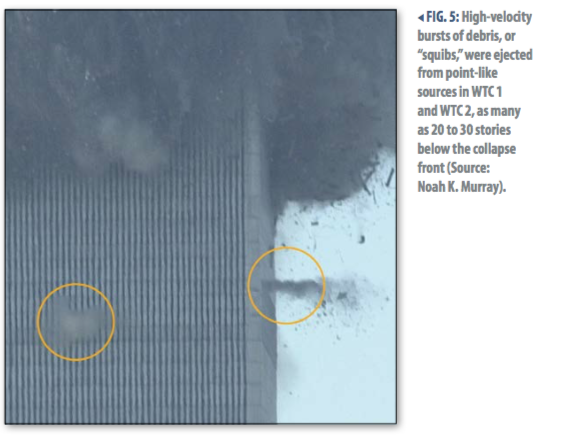Source: https://www.youtube.com/watch?v=IvIUUJMNBXE
Here's the simulator:
https://www.metabunk.org/gas/
Here's the thread that started it.
https://www.metabunk.org/why-does-the-atmosphere-not-fly-off-into-the-vacuum-of-space.t10098/
I plan to add walls (and hence containers). The video above was before I added the "floor" controls, and the ability to add and remove molecules with left and right clicking. (tip - set "Start Speed" to zero when adding).

